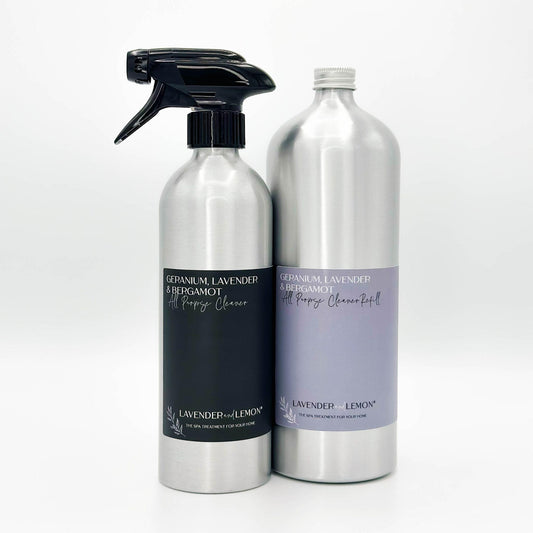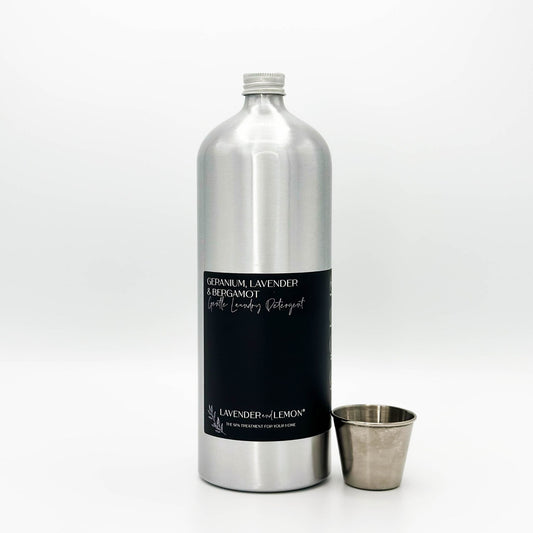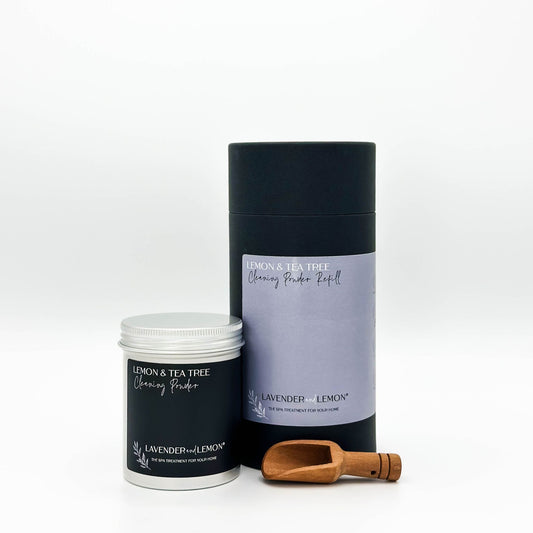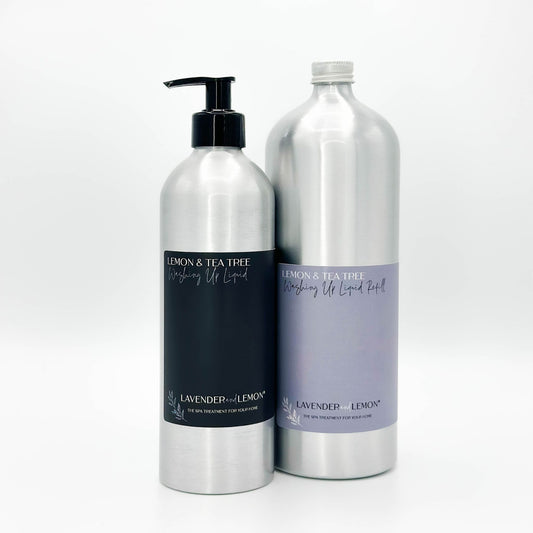Free Shipping Over £35
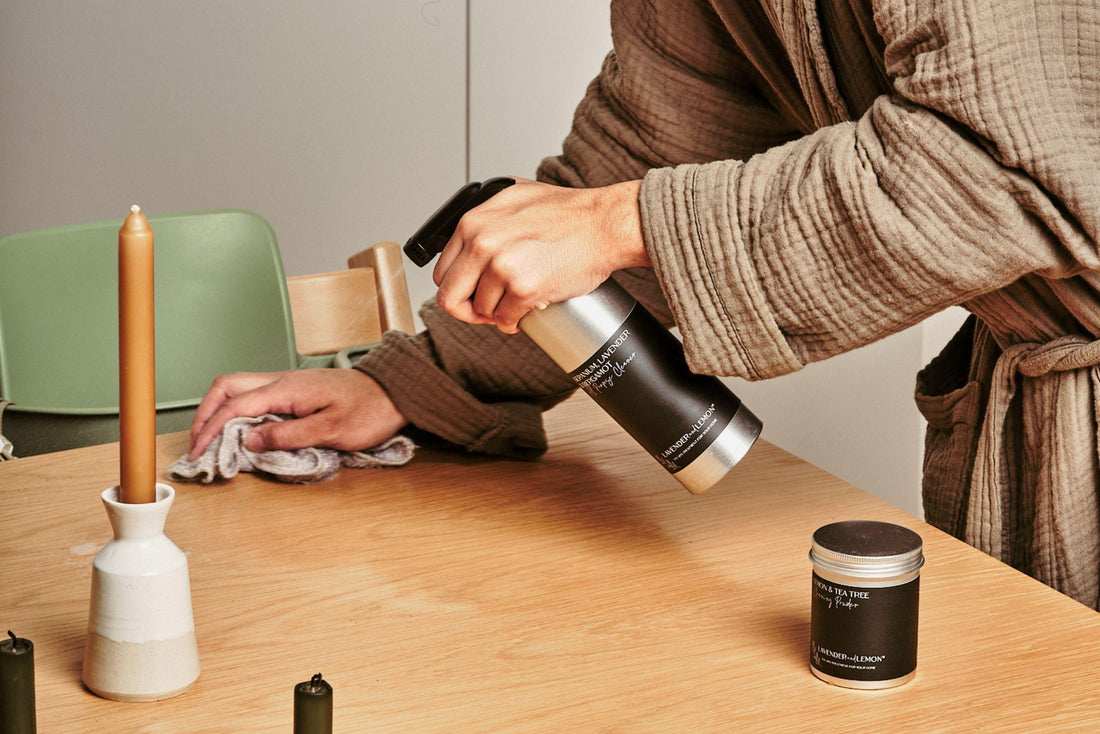
The Power of Surface Spray: How to Keep Your Home Clean
Share
Maintaining a clean and hygienic home is a priority for everyone, and using the right surface spray is one of the most effective ways to ensure your surfaces stay spotless and germ-free. From kitchen countertops to bathroom sinks, surface spray cleaners provide a quick and easy solution for wiping away dirt, grime, and bacteria.
In this blog post, we’ll explore the benefits of using surface spray, how to choose the best product for different surfaces, and essential tips for incorporating surface spray into your daily cleaning routine.
Why Use a Surface Spray?
A surface spray is a versatile and powerful cleaning tool that can be used on a variety of surfaces in your home. Here’s why it’s a must-have in your cleaning arsenal:
- Quick and Convenient: Surface sprays allow you to clean and disinfect surfaces quickly without the need for scrubbing or rinsing. They’re ideal for daily cleanups or when you need to tackle messes in a hurry.
- Disinfects and Removes Germs: Many surface sprays are formulated with antibacterial properties, helping to kill germs and bacteria on contact. This is especially important for high-touch areas like doorknobs, kitchen counters, and bathroom sinks.
- Versatile for Multiple Surfaces: Whether you're cleaning glass, wood, stainless steel, or plastic, there’s a surface spray designed to safely and effectively clean each type of surface.
- Leaves a Streak-Free Finish: A quality surface spray will leave your surfaces shiny and streak-free, making it perfect for glass and mirrors, as well as hard surfaces like countertops and tabletops.
[product=eco-friendly-all-purpose-cleaner]
✓ From Grease to Glass: Zero Residue, 100% Shine
✓ One Cleaner, Infinite Uses: Simplify Your Home
✓ Elevate Your Senses: Aromatherapy while you clean
[/product]
How to Choose the Best Surface Spray
Not all surface sprays are created equal. Here’s how to choose the right product based on your needs and the surfaces in your home:
1. Multi-Surface vs. Specialized Sprays
- Multi-Surface Sprays: These are great all-around products that can be used on a variety of surfaces, from countertops and appliances to bathroom fixtures. A multi-surface surface spray is a convenient option if you’re looking for a versatile cleaner to use throughout your home.
- Specialized Surface Sprays: Some surfaces, such as wood, stainless steel, or granite, require special care. Choose a surface spray that’s formulated specifically for the material you’re cleaning to ensure the best results without causing damage.
2. Eco-Friendly Ingredients
If you’re looking for a greener cleaning solution, opt for surface sprays made from eco-friendly, non-toxic ingredients. Many natural cleaners use plant-based formulas that are effective at cutting through grease and grime without the use of harsh chemicals. These are ideal for homes with children, pets, or individuals with allergies.
3. Streak-Free Formulation
If you’re cleaning glass, mirrors, or other shiny surfaces, make sure to choose a surface spray that guarantees a streak-free finish. This will ensure that your surfaces remain spotless and gleaming after cleaning.
Best Practices for Using Surface Spray Effectively
Once you’ve chosen the right surface spray, it’s important to use it correctly to get the best results. Follow these steps for an effective and thorough clean:
1. Dust the Surface First
Before applying the surface spray, dust the area with a dry cloth or duster to remove loose dirt and debris. This will prevent dust from mixing with the cleaner and leaving behind streaks or residue.
2. Apply the Surface Spray Evenly
Spray the cleaner evenly over the surface. For larger areas, such as countertops or tabletops, work in sections to ensure thorough coverage. Avoid over-saturating the surface, as this can lead to streaking.
3. Wipe with a Clean Cloth
Use a clean bamboo or cotton cloth to wipe down the surface. For best results, wipe in a circular motion or from top to bottom to ensure that you cover the entire area evenly. Avoid using abrasive sponges or brushes, as these can scratch delicate surfaces.
4. Allow the Cleaner to Sit for a Few Minutes
For heavily soiled surfaces or to disinfect properly, allow the surface spray to sit on the surface for a few minutes before wiping it away. This gives the product time to break down dirt and kill germs.
5. Rinse if Necessary
Some surfaces, particularly food prep areas, may need to be rinsed with water after using a surface spray to remove any residual cleaner. Check the product’s instructions to determine if rinsing is required.
Where to Use Surface Spray
A surface spray can be used in many areas of the home, making it a versatile cleaning tool. Here are some common places where a surface spray can come in handy:
1. Kitchen Surfaces
- Countertops: A multi-surface spray is ideal for cleaning kitchen countertops, removing spills, grease, and crumbs while disinfecting the area.
- Appliances: Use a non-abrasive surface spray on appliances like microwaves, stovetops, and refrigerators to clean and remove smudges.
- Sink and Faucet: Clean and disinfect your kitchen sink and faucet to prevent bacteria buildup and maintain a shiny appearance.
2. Bathroom Surfaces
- Sinks and Countertops: Bathroom surfaces can harbor germs, especially in shared households. A disinfecting surface spray works well on countertops, sinks, and vanities.
- Tubs and Showers: Use a bathroom-specific surface spray to cut through soap scum and mildew in tubs and showers.
- Toilets: Spray the toilet seat, lid, and handle with a disinfecting surface spray to keep it sanitary.
3. Living Room and Common Areas
- Coffee Tables and End Tables: Keep living room surfaces clean and free from dust and smudges with a gentle surface spray.
- Glass Surfaces: Use a streak-free surface spray on glass tabletops, mirrors, and windows for a spotless shine.
4. High-Touch Areas
- Doorknobs and Light Switches: These areas collect a lot of germs and should be cleaned regularly with a disinfecting surface spray.
- Remote Controls and Electronics: Lightly spray a cloth with surface spray and wipe down remotes, keyboards, and other high-touch electronics.
Eco-Friendly Surface Spray Alternatives
If you’re looking to reduce your environmental impact, there are plenty of eco-friendly surface spray alternatives available. Here are a few options:
- Vinegar and Water: A simple solution of vinegar and water can act as an effective all-purpose surface spray. Vinegar’s natural acidity helps break down grease and grime while killing bacteria.
- Lemon Juice: Known for its antibacterial properties, lemon juice mixed with water can make a natural, eco-friendly surface spray that leaves surfaces smelling fresh.
- Essential Oils: Add a few drops of essential oils like tea tree or lavender to your homemade surface spray for an extra boost of natural disinfecting power.
Keep Your Home Spotless with the Right Surface Spray
A quality surface spray is an essential part of any cleaning routine. Whether you're tackling kitchen messes, bathroom grime, or everyday dust, the right product can make all the difference. By choosing the right formula for your surfaces and using effective cleaning techniques, you’ll keep your home clean, fresh, and germ-free with minimal effort.
RELATED ARTICLES
Cleaning Surfaces: Tips for a Sparkling, Hygienic Home
Surface Clean Practices: 10 Essential Tips for Keeping Your Surfaces Sparkling Clean
The Power of All Purpose Cleaner: A Versatile Solution for Every Surface
Achieve Streak-Free Shine with the Best Windows Cleaning Spray
A Guide to Surface Cleaning Spray: Keep Your Home Sparkling Clean
The Benefits of Cleaning Spray with Essential Oils
Best All-Purpose Cleaner UK: A Guide to the Top Multi-Surface Cleaners for Your Home

